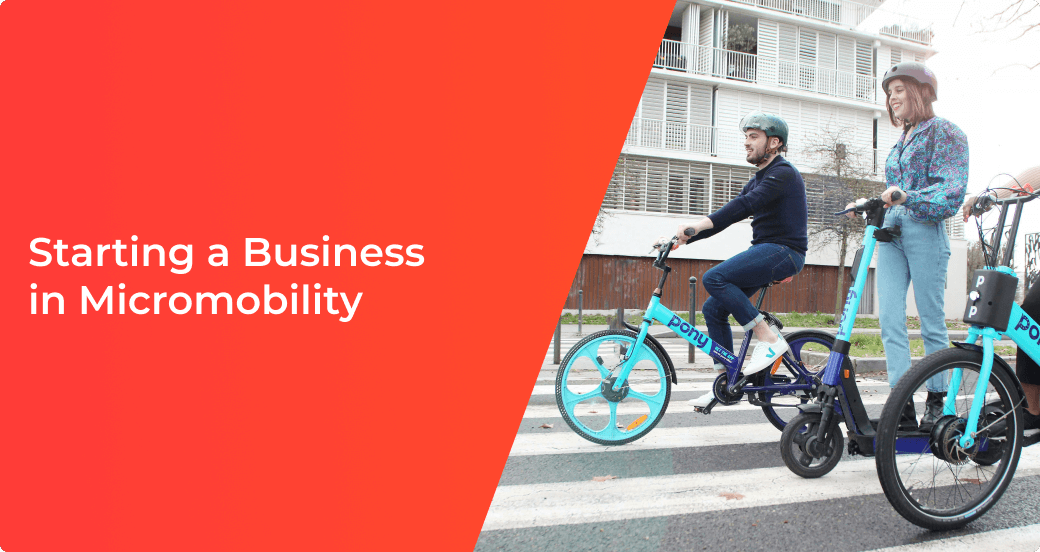One of our clients works in Bolivia, and we decided to share our experience of launching a sharing business in this region by his example.

Landscape and terrain.
Why is this factor here and the first one? The fact is that not every scooter can drive and lift the average person on a hill with more than a 12 percent slope. The second problem is braking when going down such hills. The scooter brakes overheat and wear out quickly. Moving around becomes unsafe. The terrain also causes scooters to often lose connection or become unstable.
Quality of communication and network coverage
Another nuance may be present. Scooters may simply not unlock if there is poor communication in this region because of the low number of base stations. The situation is rare, but it can happen. Unfavorable areas. Often there are areas in which it is better not to drive and not to allow your transport. Scooters there can try to destroy or steal without knowing it is tracked. Not all people are used to the fact that a scooter can stand and wait for its customer.
Pricing
If the city in which you decided to run the sharing is not a tourist city, then you will need to work with the locals, which leads to the fact that your competitor is public transport. Consequently, the prices should match it, and even be lower. Therefore, your sharing management must understand this nuance and arrange the scooters to complement or replace public transportation in some areas.
Availability of skilled personnel
The problem is that people are there, but it will take a long time to find or train them. Our client has already changed several contractors before finding out who works and solves problems.
Despite these nuances, our client from Bolivia is doing very well and continues to expand its fleet of equipment and city presence, which indicates the profitability of sharing business in this region.
If you also want to launch your sharing business in South America, please, contact us. We provide software and transportation, and you manage your sharing business.


